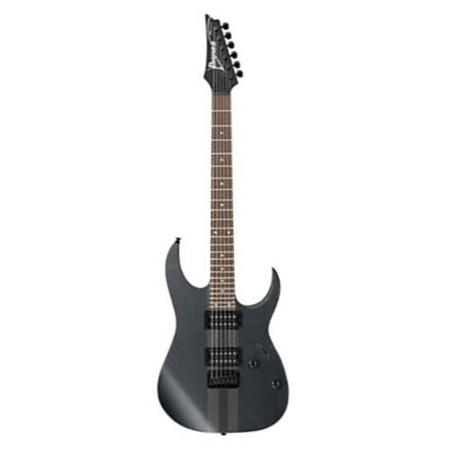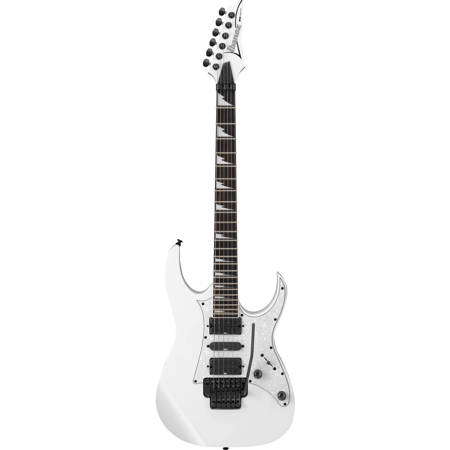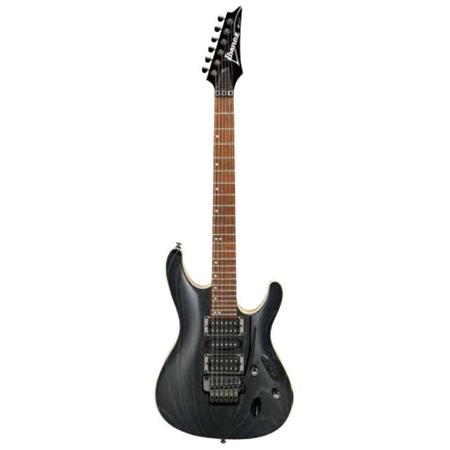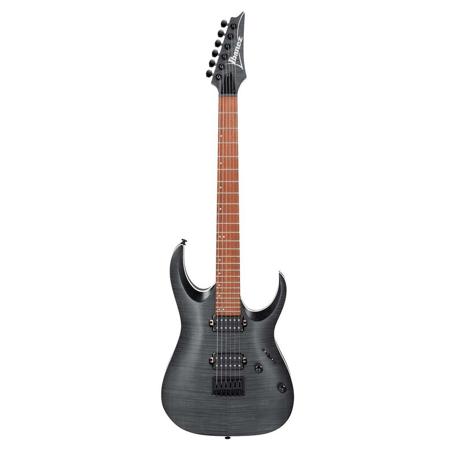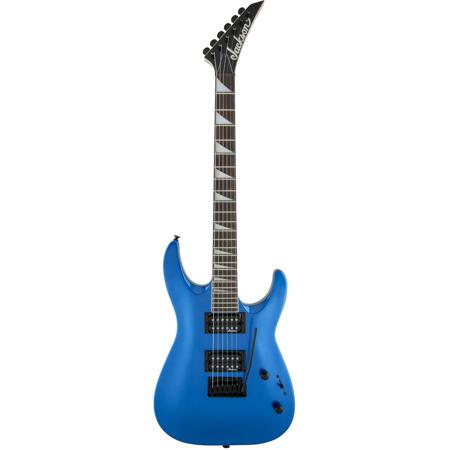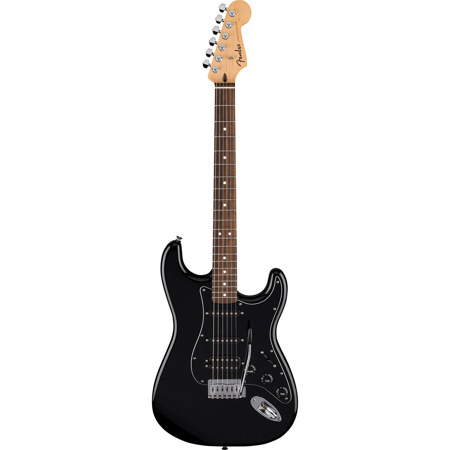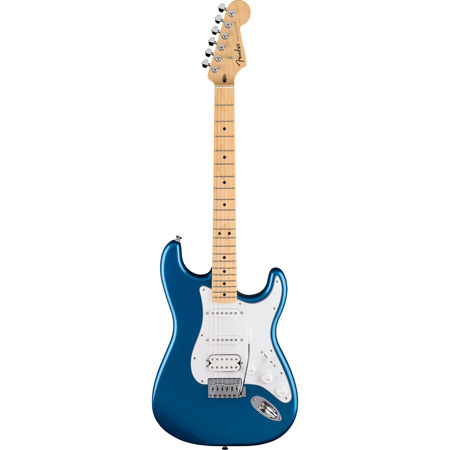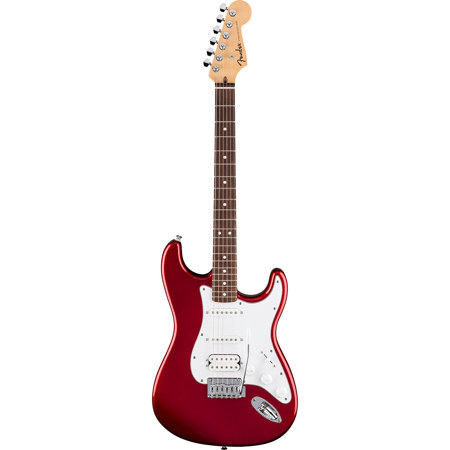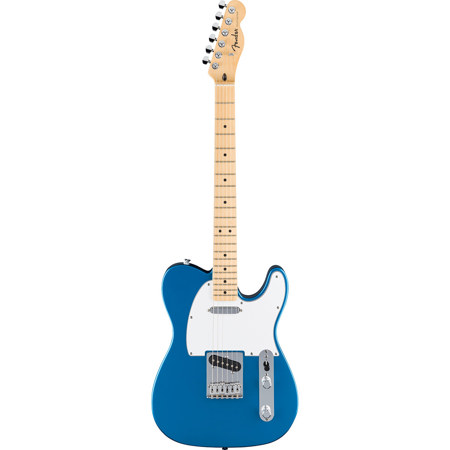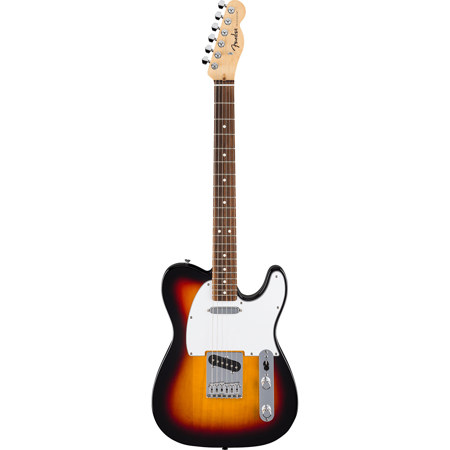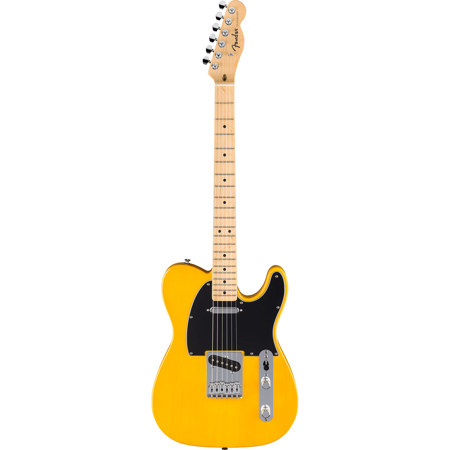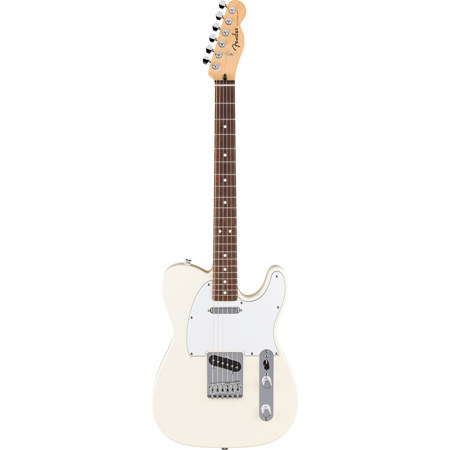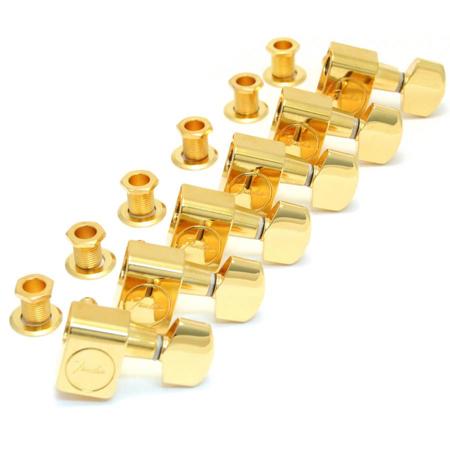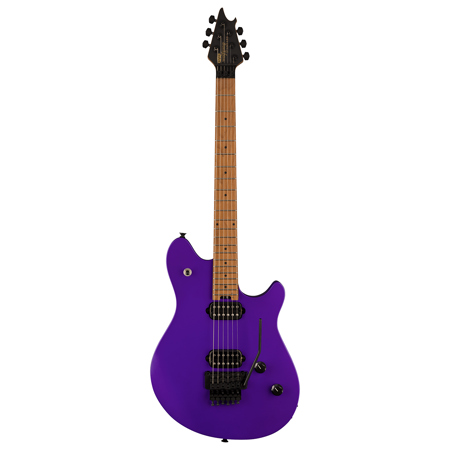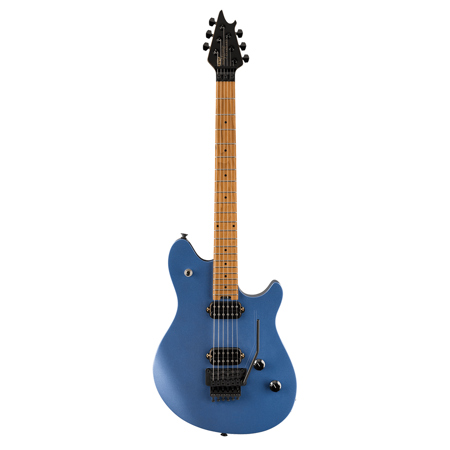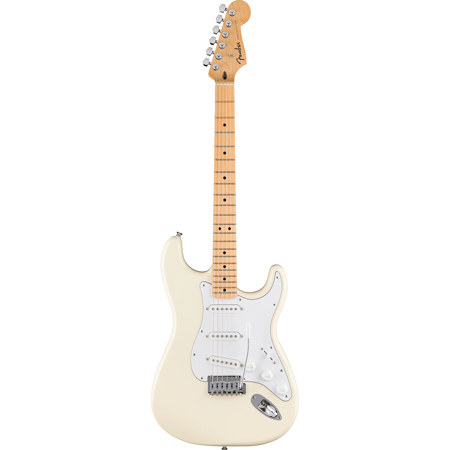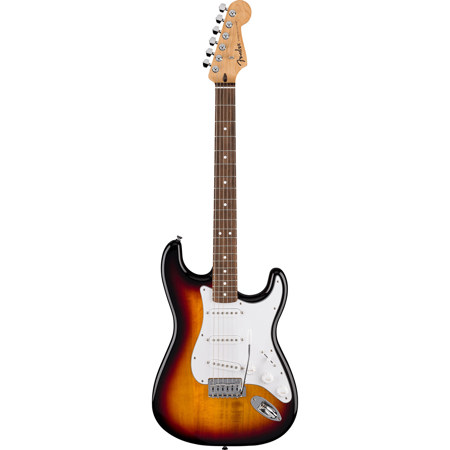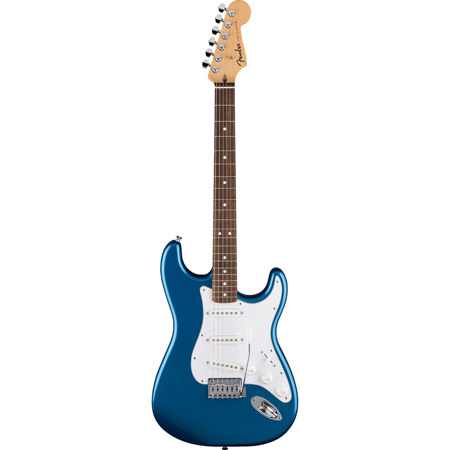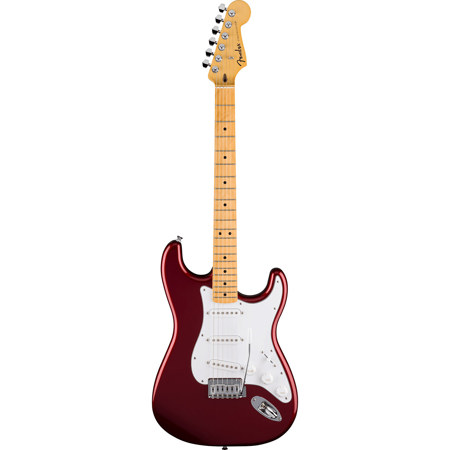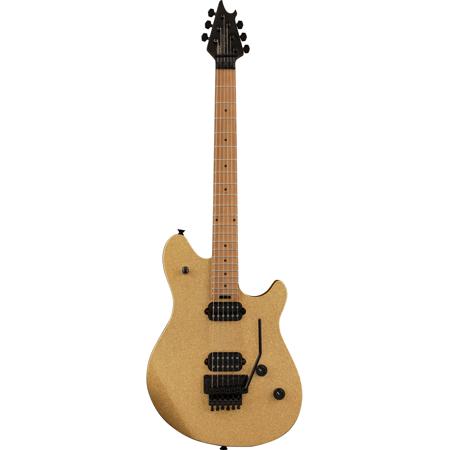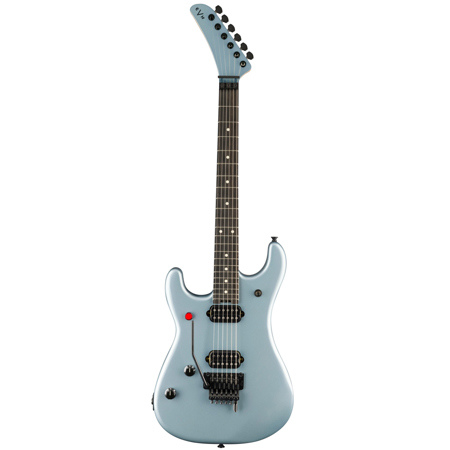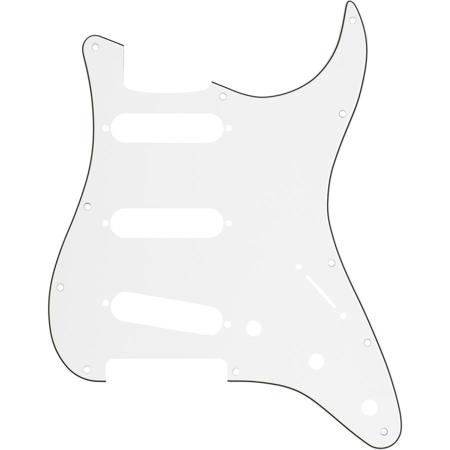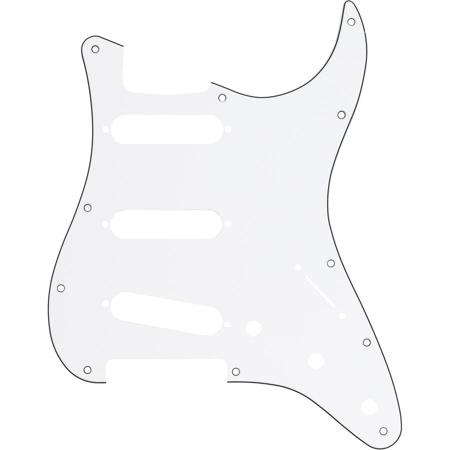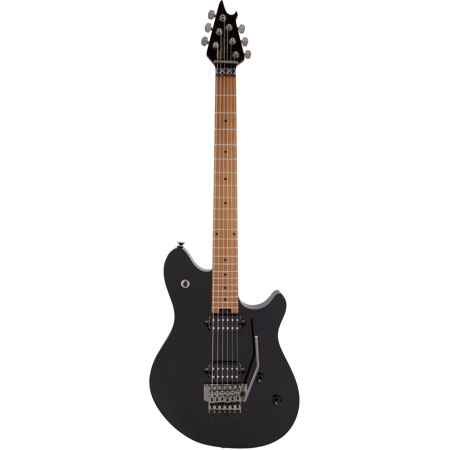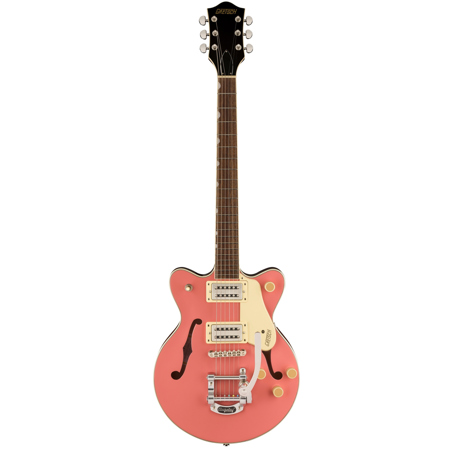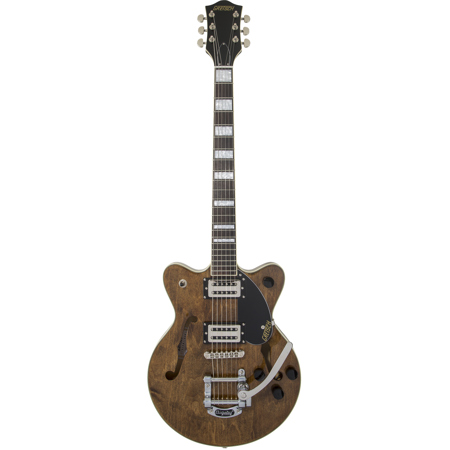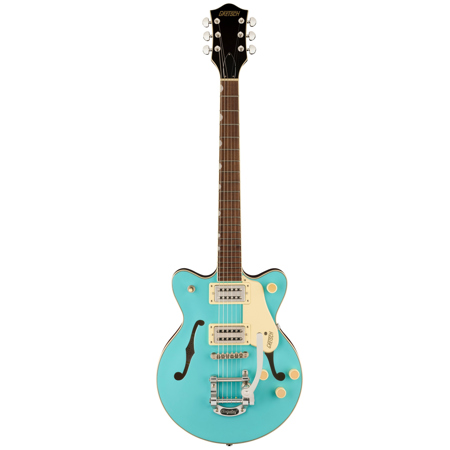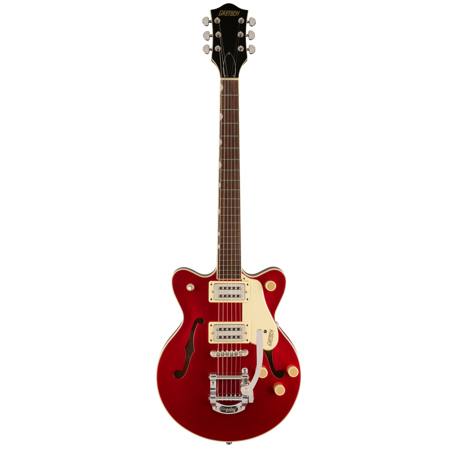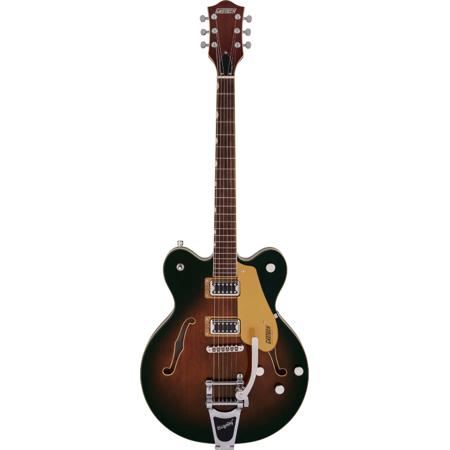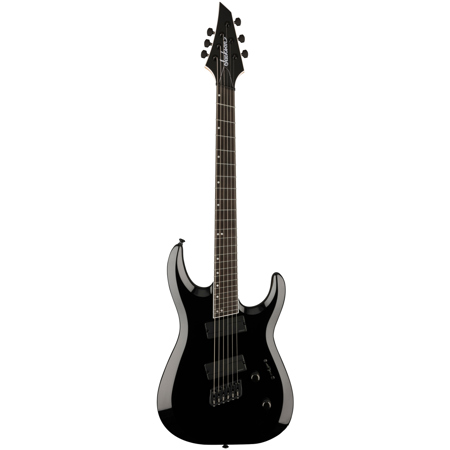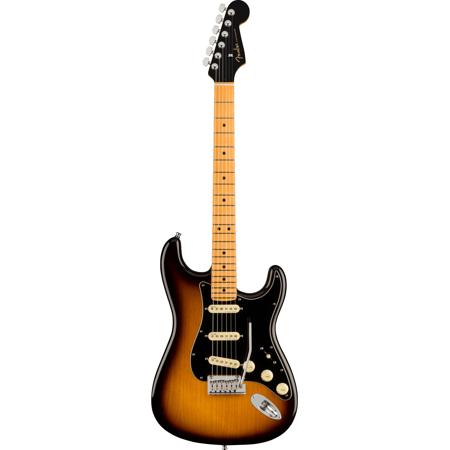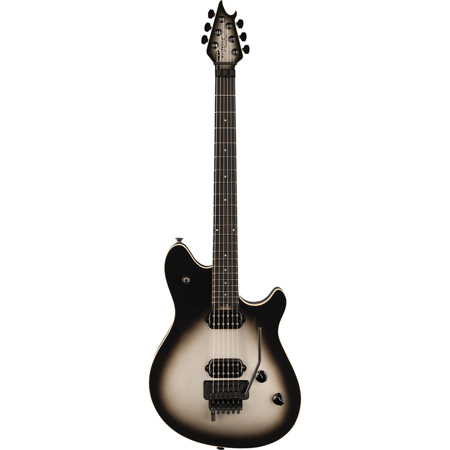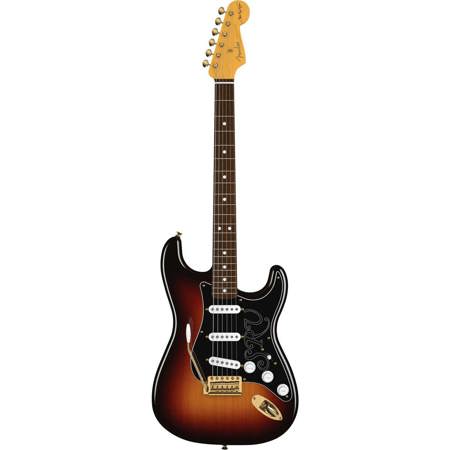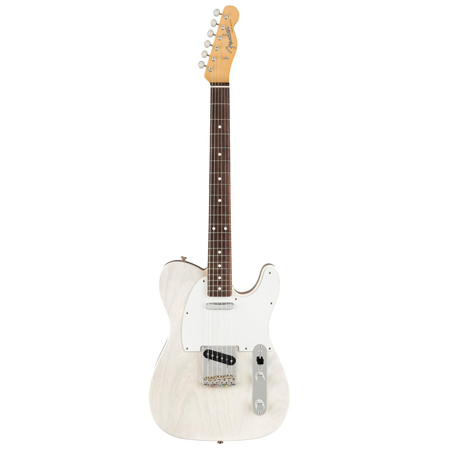Standard Guitars
Standard guitars hold a special place in the world of music, offering a timeless blend of versatility, playability, and classic tone that appeals to musicians across every genre and skill level. Whether you’re a seasoned performer looking to add another reliable workhorse to your stage setup, a hobbyist eager to expand your sonic palette, or a beginner taking their first steps into the world of guitar, the standard guitar remains a foundational choice. These instruments are celebrated for their familiar body shapes, comfortable neck profiles, and balanced sound that suits everything from gentle fingerpicking to robust strumming. The beauty of a standard guitar lies in its adaptability—equally at home in a cozy living room practice session, a bustling recording studio, or under the bright lights of a local venue. As autumn settles in and the days grow shorter, there’s something especially inviting about picking up a guitar on a crisp evening, letting melodies ring out as leaves fall outside. Standard guitars also make thoughtful gifts for aspiring musicians, students, or anyone with a passion for music, providing a meaningful way to encourage creativity and self-expression.
When considering a standard guitar, there are several factors to keep in mind to ensure the instrument matches your needs and playing style. Body size and shape play a crucial role in both comfort and sound projection; smaller-bodied models are often favored by players with a lighter touch or those who value portability, while larger bodies deliver greater volume and resonance, perfect for accompanying vocals or playing in ensemble settings. The choice of tonewoods—such as spruce, mahogany, or maple—can subtly shape the guitar’s character, affecting warmth, brightness, and sustain. Neck profile, scale length, and fretboard material all contribute to the tactile experience, influencing how the guitar feels in your hands and how easily you can navigate chords and solos. For those drawn to performing or recording, features like built-in pickups and preamps can offer added flexibility, allowing you to plug in and shape your sound with ease. Standard guitars are also a popular option for music educators and schools, as their classic design and reliable construction make them an excellent fit for group lessons and classroom environments.
Beyond the practical considerations, a standard guitar often becomes a trusted companion, evolving alongside its player through seasons of growth and discovery. It’s the instrument you reach for when inspiration strikes late at night, the one that travels with you to open mics, campfires, or family gatherings. The enduring appeal of the standard guitar lies in its ability to connect people—whether you’re sharing a new song with friends or passing down musical traditions to the next generation. For those interested in exploring a broader range of sounds and styles, it can be rewarding to compare the qualities of standard guitars with those of their contemporary counterparts. You can discover even more options and innovations by browsing our curated selection of Modern Guitars, where cutting-edge features and bold designs await adventurous players. Whichever path you choose, a standard guitar offers a world of musical possibilities, inviting you to create, perform, and enjoy music in your own unique way.
When considering a standard guitar, there are several factors to keep in mind to ensure the instrument matches your needs and playing style. Body size and shape play a crucial role in both comfort and sound projection; smaller-bodied models are often favored by players with a lighter touch or those who value portability, while larger bodies deliver greater volume and resonance, perfect for accompanying vocals or playing in ensemble settings. The choice of tonewoods—such as spruce, mahogany, or maple—can subtly shape the guitar’s character, affecting warmth, brightness, and sustain. Neck profile, scale length, and fretboard material all contribute to the tactile experience, influencing how the guitar feels in your hands and how easily you can navigate chords and solos. For those drawn to performing or recording, features like built-in pickups and preamps can offer added flexibility, allowing you to plug in and shape your sound with ease. Standard guitars are also a popular option for music educators and schools, as their classic design and reliable construction make them an excellent fit for group lessons and classroom environments.
Beyond the practical considerations, a standard guitar often becomes a trusted companion, evolving alongside its player through seasons of growth and discovery. It’s the instrument you reach for when inspiration strikes late at night, the one that travels with you to open mics, campfires, or family gatherings. The enduring appeal of the standard guitar lies in its ability to connect people—whether you’re sharing a new song with friends or passing down musical traditions to the next generation. For those interested in exploring a broader range of sounds and styles, it can be rewarding to compare the qualities of standard guitars with those of their contemporary counterparts. You can discover even more options and innovations by browsing our curated selection of Modern Guitars, where cutting-edge features and bold designs await adventurous players. Whichever path you choose, a standard guitar offers a world of musical possibilities, inviting you to create, perform, and enjoy music in your own unique way.
